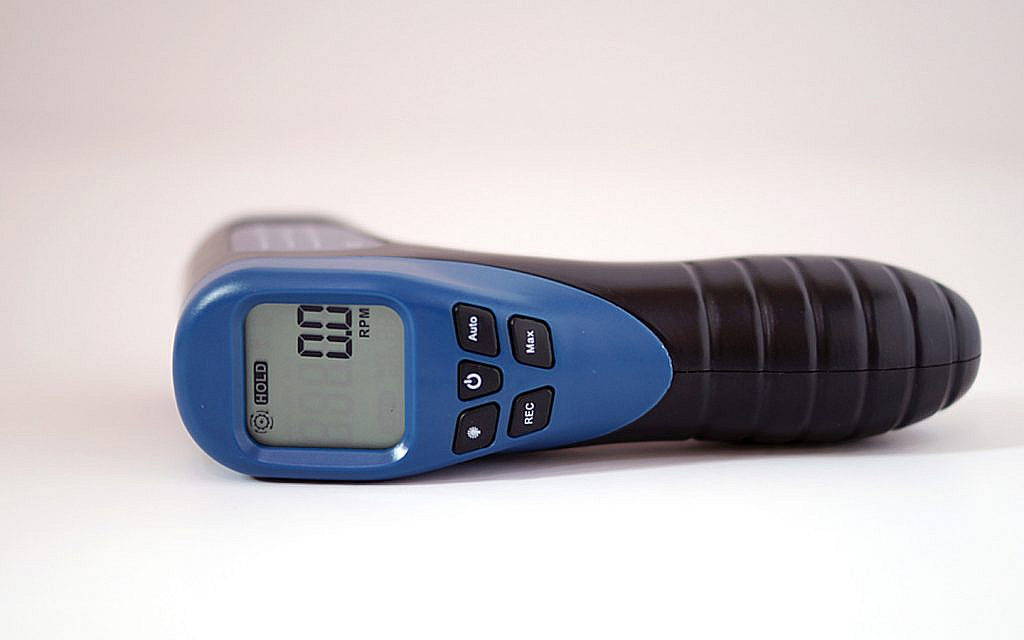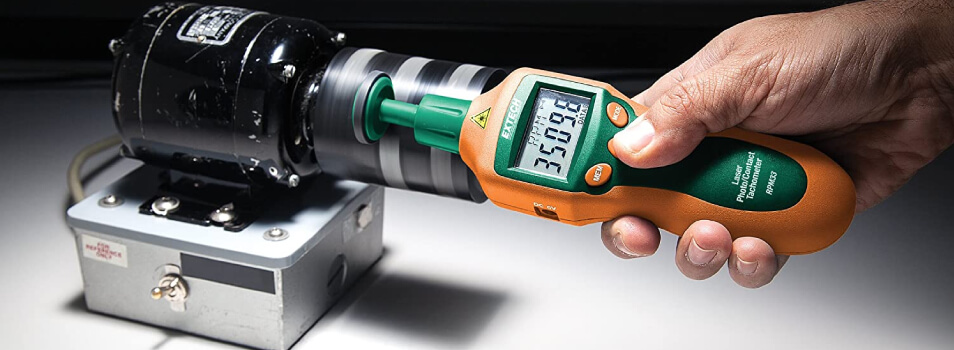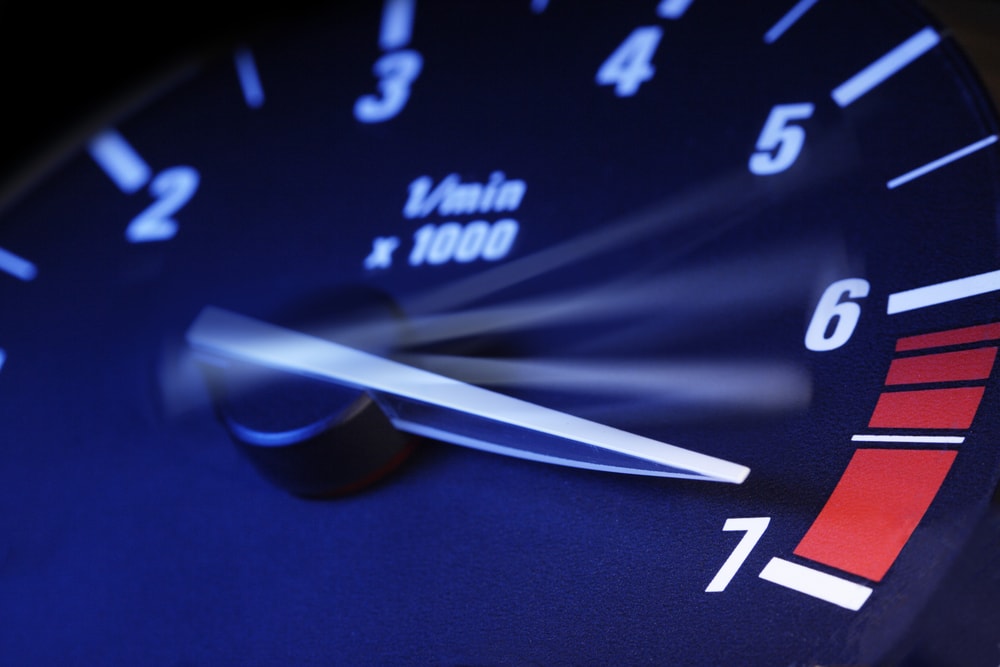Using a digital tachometer is essential for anyone involved in machinery maintenance, automotive industry, or any field that requires precision measurement of rotational speed. The digital tachometer is a handy tool that provides accurate readings, making it invaluable for professional and personal use.
In this detailed guide, we’re going to explore everything you need to know about how to use a digital tachometer, its components, and some tips to get the most accurate measurements. We will also explore some other related technologies and tools that might be of interest.

Understanding What a Digital Tachometer Is
A digital tachometer is an electronic device used to measure the rotational speed of an object such as an engine shaft. These devices are extremely accurate and provide real-time readings. Understanding how a digital tachometer works is the first step to properly using one.
The Importance of a Digital Tachometer
A digital tachometer not only helps in maintaining machinery but also ensures that engines and systems are operating within their optimal range. This prevents potential damage, increases efficiency, and saves costs in the long run.
Key Components of a Digital Tachometer
Before diving into its usage, it’s essential to understand the key components of a digital tachometer:
- Display Screen: Shows the rotations per minute (RPM).
- Sensor: Detects the rotational speed.
- Buttons and Controls: Allows the user to reset, start, or stop the device.
- Power Source: Typically batteries or sometimes plugged into a power outlet.
Step-by-Step Guide on How to Use a Digital Tachometer
Step 1: Preparing the Tachometer
Before using the digital tachometer, make sure the device is properly calibrated and the batteries are fully charged. Familiarize yourself with the interface and the controls available on the device.
Step 2: Positioning the Sensor
The tachometer sensor needs to be placed close to the rotating object whose speed you wish to measure. Ensure that the sensor is positioned correctly and is within the recommended distance from the rotating part. Improper positioning can lead to inaccurate readings.
Step 3: Taking the Measurement
Once the sensor is in position, activate the tachometer by pressing the start button. Wait for a few seconds to get a stable reading. The RPM will be displayed on the screen, providing you with the rotational speed of the object.
Step 4: Recording and Analysis
After obtaining the measurement, record the RPM for further analysis. Consistently monitor the readings to ensure machinery is operating within safe and optimal conditions.
Common Applications of Digital Tachometers
Digital tachometers are widely used across various industries and applications, including:
- Automotive Industry: Monitoring engine RPM to ensure optimal performance.
- Manufacturing: Ensuring machinery operates at correct speeds to maintain product quality and safety. For more in-depth insights on high-speed manufacturing inspections, you can check this guide.
- Aerospace: Checking the rotational speed of turbine engines.
- Medical Equipment: Ensuring precise operations in devices like centrifuges. Learn more about high-speed genetic analysis and sequencing monitoring here.
Choosing the Right Digital Tachometer
The market offers numerous types of digital tachometers, so choosing the right one depends on your specific needs. Here are some factors to consider:
- Measurement Range: Ensure the tachometer can measure the range of speeds your machinery operates at.
- Display and Readability: A clear and bright display is essential for easy reading.
- Accuracy: Opt for a model with a high degree of accuracy to ensure reliable measurements.
- Durability: Choose a rugged model that can withstand the industrial environment.
Additional Tips for Accurate Measurements
To achieve the most accurate measurements with your digital tachometer, consider the following tips:
- Calibration: Regularly calibrate your tachometer to maintain accuracy.
- Stable Positioning: Hold the sensor steady during the measurement to avoid fluctuations.
- Temperature Considerations: Ensure the tachometer is operating within the specified temperature range.
Safety Precautions
While using a digital tachometer, adhering to safety guidelines is paramount to prevent accidents and injuries.
- Wear appropriate safety gear such as gloves and eye protection.
- Ensure the machinery is in good condition and safely positioned.
- Maintain a safe distance from moving parts.
Advanced Uses of Digital Tachometers
For professionals looking to utilize digital tachometers in more advanced applications, the following tips can be valuable:
- Use in conjunction with other diagnostic tools for comprehensive analysis.
- Perform regular maintenance checks on machinery to identify potential issues early.
- Utilize data logging features in advanced tachometers for trend analysis.
FAQs on How to Use a Digital Tachometer
1. What is a digital tachometer used for?
A: A digital tachometer is used to measure the rotational speed of an object, such as an engine or machinery component.
2. Can I use a digital tachometer on any machinery?
A: Yes, digital tachometers can be used on a wide range of machinery, provided the sensor can detect the rotation accurately.
3. How do I ensure accurate readings with a digital tachometer?
A: Ensure the tachometer is properly calibrated, the sensor is positioned correctly, and the device is within the recommended operating conditions.

Final Thoughts
Understanding how to use a digital tachometer is vital for professionals in various industries. With proper knowledge and techniques, you can ensure your machinery and engines operate optimally, thus improving efficiency and reducing risks. To further explore advanced stroboscopic event detection techniques in semiconductor wafer polishing, visit this resource.
For additional reading, you may find the article on digital and mechanical tachometer interesting.
